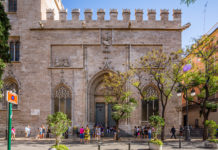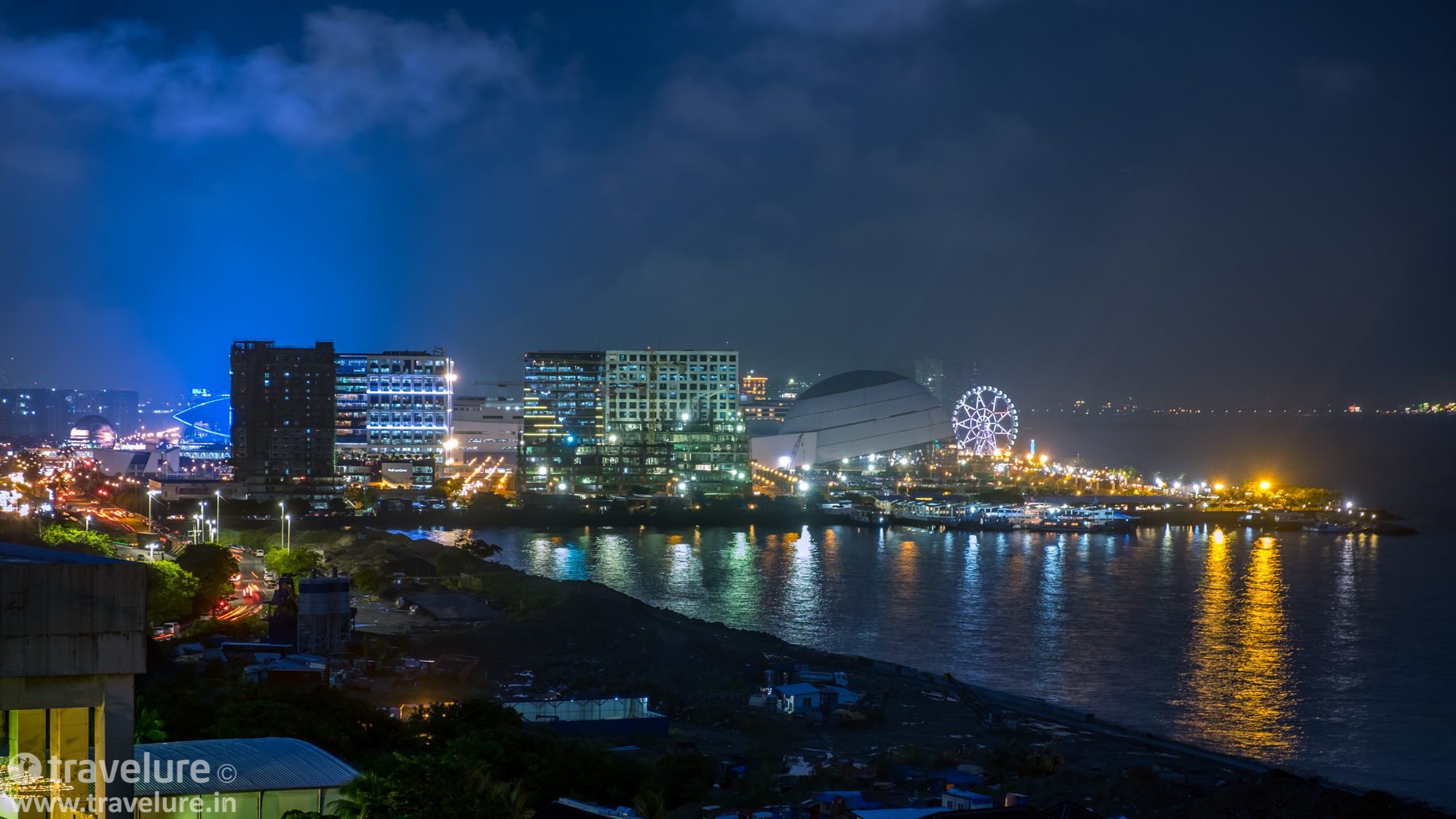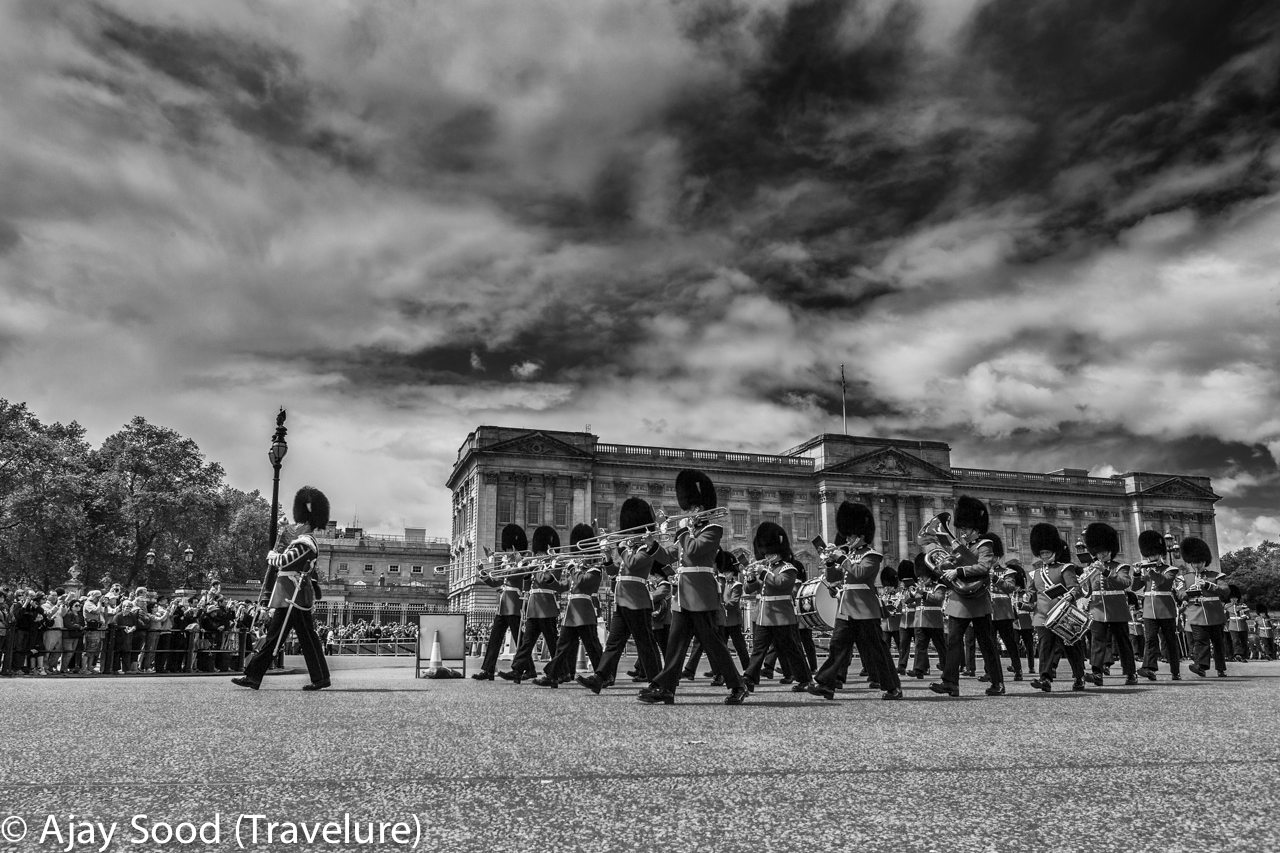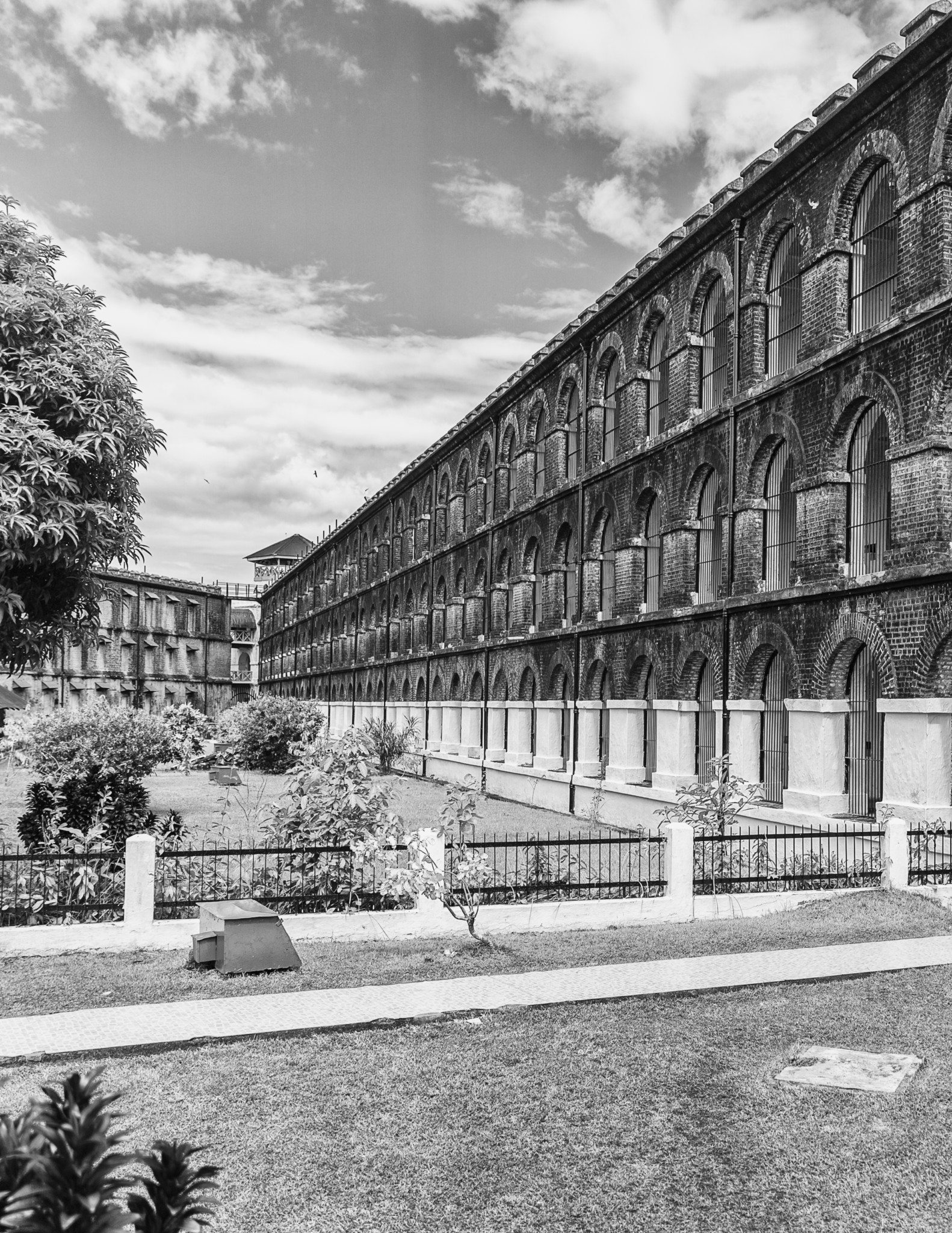
I love to travel and love to capture the sights, sounds, and stories of the places I travel to. Even before I started to enjoy a drink, I had always wanted to do the Whiskey Trail in Scotland. Last summer (Summer of 2012), I finally got around to doing it. When I went around making the bookings, I realised there were 4 different trails on offer – Islay, Highlands, Lowlands, and Speyside. I am partial to Speyside whiskeys, so I chose that.
Until I reached Edinburgh, my excitement was all about the various whiskeys I’ll taste. On leaving Edinburgh, our group made our first stop at a large, almost empty parking lot. We did not know what to expect. Our driver-cum-guide, Andrew, requested us to disembark.
We made our way on a narrow dirt trail into the woods. Once we were inside the thick oak forest, despite it being morning, it became rather dark. We walked in silence for about 20 minutes, and suddenly, we hit a clearing, or what we thought was a clearing. In fact, we had exited the forest and had reached a breathtakingly beautiful locale.

We were on the banks of a cluster of lakes (or lochs, as Scots call them). The lakes extended till distant horizons, and then faded and merged into the sky. We stared speechlessly, for what seemed like hours. The lakes had some waterfalls, and the vegetation ranged from giant oaks to ferns of various varieties. Another prominent flora included colourful wild heather.
Andrew told us that we were just about 2 miles from a small Scottish town, Pitlochry. He mentioned that the place is Queen’s View. That moment on, I had forgotten all about the whiskeys and had fallen in love with the trail instead. The scenic landscape, the gorgeous blue skies, thick but gentle clouds, colorful wild plants, verdant green grasslands dotted with jersey and highland cows, undulating terrain and once-in-a-way sighting of agile, yet shy, red deer was to be a routine for the next 3 days – a routine we all loved.

We moved from town to town, and distillery to distillery, but nature’s beauty continued to surprise us at every curve. Pitlochry, Grantown, Elgin, Braemer, Knockando, Tomintoul, Blairgowrie – all had their own charm. Grantown, for example, lies partly in Moray region, and partly in Highlands. It is on the banks of charming River Spey.
The architecture in these towns was colonial, marked by low-rise construction, beautifully maintained facades, and patches of green all around. The streets were clean and had sparse crowds. There seemed to be no stretching of infrastructure. Despite their minuscule sizes, these towns had their own cute main street markets complete with restaurants, open-air roadside cafes and bars, daily needs stores, and other items locals and tourists may need, to get by.
Garth Hotel (how much more Scottish you can get!) was to be my home for next couple of days. It was extremely clean and surprisingly well equipped to cater to any leisure traveller’s needs. Despite being an 18-room hotel, it had its own chef who conjured up tasty meals at every dinner I had here.

This pleasant little hotel was on the main street and had started the business as an inn in the 1850s. Unlike in India, the main street there was not crowded – in fact, you’d be lucky to spot a car or bicycle pass by; and was spanking clean. Another surprise was the rich, bright carpet of greenery, which covered the entire area.
During these 3 days, we saw many castles which Scottish countryside is famous for – Drumin castle, Braemer castle, Balmoral castle and Corgarff castle, to name a few. What strikes you about these castles is their location. These are mostly away from the nearby towns and are located in splendid isolation. The castle building normally forms just about 1% of the area of the estate. The rolling green meadows and gardens leave you gaping.

On day 2, we entered Cairngorm National Park, which is the heart of the Whiskey Trail. The park offers a lot more than we saw. It has ski slopes, wildlife preserves, museums, activities for various age groups including hiking and rafting, etc.

Day 3 brought us to the countryside that houses Glenlivet and many more distilleries. In a one-horse town called Tomintoul, I saw a Guinness Book of World Record holding single malt bottle. This bottle holds 105.6 litres of Tomintoul single malt, is 1.44 metres tall, and is housed in Clockhouse, a restaurant here. This little town also has a world-famous whiskey store – The Whiskey Castle. It boasts about 400 different brands of whiskeys.

Rivers we passed during the trail were many – Tay, Northern Esk, Southern Esk, Dee, Spey, Forth, etc. These ranged from small, gently flowing ones to monstrous, noisily gushing ones. Some passing through thick cover of the forest, while the others through vast open meadowy stretches. Each, more beautiful than the other. For a small area, Scotland has about 50 rivers and about 3000 lakes. The region sure is flush with fresh water sources.

My interaction with Scots left me with a feeling that as a nation, they are proud of their heritage, ancestry and their country. Like Indians, Scots are also extremely hospitable. As a race, they are rather rugged looking, yet, gentle.
Those 3 days have long gone, but I still can feel the sights, sounds, and stories, as if those happened just yesterday. I have made a promise to myself – of visiting Scotland again. This time, not for just 3 days, but for at least a fortnight, if not more. And, this will not be a whiskey trail tour.
7 Photography Tips for shooting Scotland Scenic Speyside:
- Try not shooting against the light, as the dynamic range on offer will be a severe challenge.
- Generally, during a normal, bright, sunny day, shooting landscapes with blues of sky and details of landscape intact can easily be managed. Just meter on the brighter, lighter greens of the grass. Also, shooting in raw format will help address the dynamic range better (maintaining details in darker areas).
- Typically, indoors in Scotland are rather dimly lit. You’ll need to stop up considerably to manage a decent exposure.
- To cut the mid-day haze (which can be very pronounced here), do use a polarising filter.
- Do get down on your knees while shooting the landscape. You might find yourself shooting interesting bluebells or Scottish Thistle.
- While shooting landscapes here is a joy, do not ignore shooting the quaint little towns and villages you pass through. These offer a variety of subjects with character, ranging from tiny houses, cemeteries, local people, roadside cafes, to little streams, picnic spots along the banks of rivers or lakes (lochs), boats, etc.
- Most images you capture in Scotland are likely to be high-contrast. Though beautiful in full colour, these will look stunning even in B&W. Try it while processing.
Note: Since this article appeared in ‘Asian Photography’, a photography magazine; hence, there are some photography tips here.
















Wonderful idea to add those photography tips in the end! You’re right the high-contrast photos look beautiful in black and white. Well done.
Thanks, Renne! I had to really think hard to pull these tips out since one shoots instinctively (that is, typically without giving much though to the ‘why’s’ of a shot while shooting).
I cannot believe that in my 11 day road trip through Scotland, I missed this place. Looks fabulous! I was there right before the heather was in bloom so you were very lucky to see that. 😉 I did have an overload of churches and castles in Scotland. It was overwhelming.
Melody, I believe each traveller collects and leaves a unique imprint in a place he/she visits! There’s nothing called an overload of x or y. I would love to see what you saw!
Some stunning Scottish photography here. Certainly high on my list now!
Thanks, Joe!
Whenever I think of Scotland I just think if castles. It’s nice to see some variety in the types of pictures that are shared from Scotland.
I really appreciate your tips about shooting with greens and blues. I struggle with photographing our more dim, mossy areas in Washington State and will listen to your tip about focusing on the lighter greens. I feel like that’s what I do, but maybe I need to change my settings to allow me to control it more.
Wow these tips and pictures are great. We went to Scotland last year and we didn’t get to travel as long as I’d hoped. I wish I had your skills and could visit again.
Thanks for your appreciation, Elaine!
Scotland is a country that speaks to my imagination, especially as a photographer! Thanks for sharing tips! What whiskey did you enjoy the most? Do you have a favorite one now?
Thanks, Cynthia! I am partial towards Glenfiddich 15 years. Another one I discovered and loved – Scapa (a master blender’s blend from Chivas Brothers that you can only buy from the distillery), a whiskey aged for 19 years. I picked up 4 of those and am now left with 1 that will be opened for some special occasion.
Wow! What a fun trip and stunning photos! Your tips on shooting are great. I’m headed to Ireland in a few weeks and I’m sure some of the same points apply.
Thanks, Carlie! I haven’t been to Ireland, but these tips should apply as the geography is not too different from Scotland, or so I believe!
Good photo tips. Scotland has some epic landscapes to capture.
I do not find myself competent enough to comment so a simple “Wow”